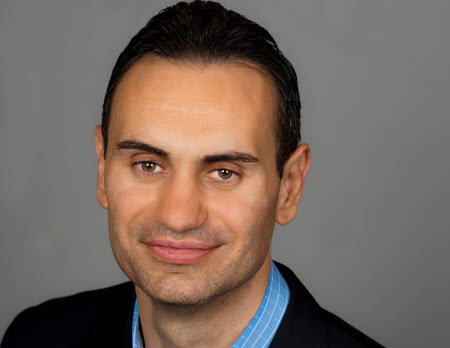The Method to the OTT Madness

Over-the-top video still doesn’t scale to the lofty levels of traditional broadcast television, but online video’s ability to support major live sporting events continues to evolve and improve.
The latest example stems from the recently concluded NCAA Division I Men’s Basketball Tournament. TV coverage of the tourney was complemented by “NCAA March Madness Live,” a live-streaming product developed by Turner Sports in partnership with CBS and the NCAA. That product, underpinned by iStreamPlanet (the online video infrastructure company Turner acquired in 2015), streamed games to more than a dozen platforms, including smartphones, tablets and Web browsers, as well as TV-connected Roku players, and Apple TV and Fire TV devices.
RECORD AUDIENCES
NCAA March Madness Live netted a record 98 million live video streams during the tournament, while the national championship game drew a record 4.4 million live streams, and a 29% increase from last year.
Traditional TV still dominates the viewing landscape, as the tournament averaged 10.82 million viewers, up 16% from last year’s average of 9.37 million. The championship game, won by North Carolina, netted an average of 22.99 million viewers, up about 30%.
While those OTT numbers still have a ways to go before reaching TV-like viewing levels, the partners involved in the streaming project tied together disparate systems to pull it off.
A big difference this year was the shift from the legacy world of SDI/baseband video distribution to IP.
That move “gave us a lot more flexibility on how we structured the workflow” while also optimizing ad insertion and ensuring the associated metadata was supported, Mio Babic, founder of iStreamPlanet, said.
When pulled together, the shift “connected the dots as video flowed from the actual arenas down to the consumer devices,” Babic explained.
Using an IP-based workflow also gave iStreamPlanet and its partners clearer visibility into the video streams themselves and a way to better monitor and understand their performance, so adjustments could be made as needed. That helped all parties involved to deal with traffic spikes in a specific region, for example, Babic said.
The overall aim was to deliver an HD-quality signal regardless of device, whether a smartphone or a 60-inch TV. Multiple streaming profiles were created for each type of supported device, Babic said.
iStreamPlanet and its partners delivered tournament video via unicast streaming delivery. Multicast streaming — the delivery of a stream that is accessible by multiple users — might eventually provide a way to reduce bandwidth requirements.
(STILL) GOING MOBILE
As for surprises during the tournament, Babic said viewing on mobile devices continues to strengthen. “The growth [for mobile] is not stopping … it’s accelerating,” he said. “These devices are now part of our lives. It’s almost like an extension of our hands.”
OTT will continue facing challenges as more viewers veer away from traditional TV and more devices enter the mix. “You don’t build it once,” Babic said. “You have to keep up with the changes … changes in features, changes in requirements, changes in security, changes in monetization.”
Looking ahead, Babic said he expects machine learning to take on a greater role not just in helping to personalize content, but to tap into the workflow in a way that can quickly spot anomalies and trends and make adjustments before they manifest into larger issues.
Multichannel Newsletter
The smarter way to stay on top of the multichannel video marketplace. Sign up below.
